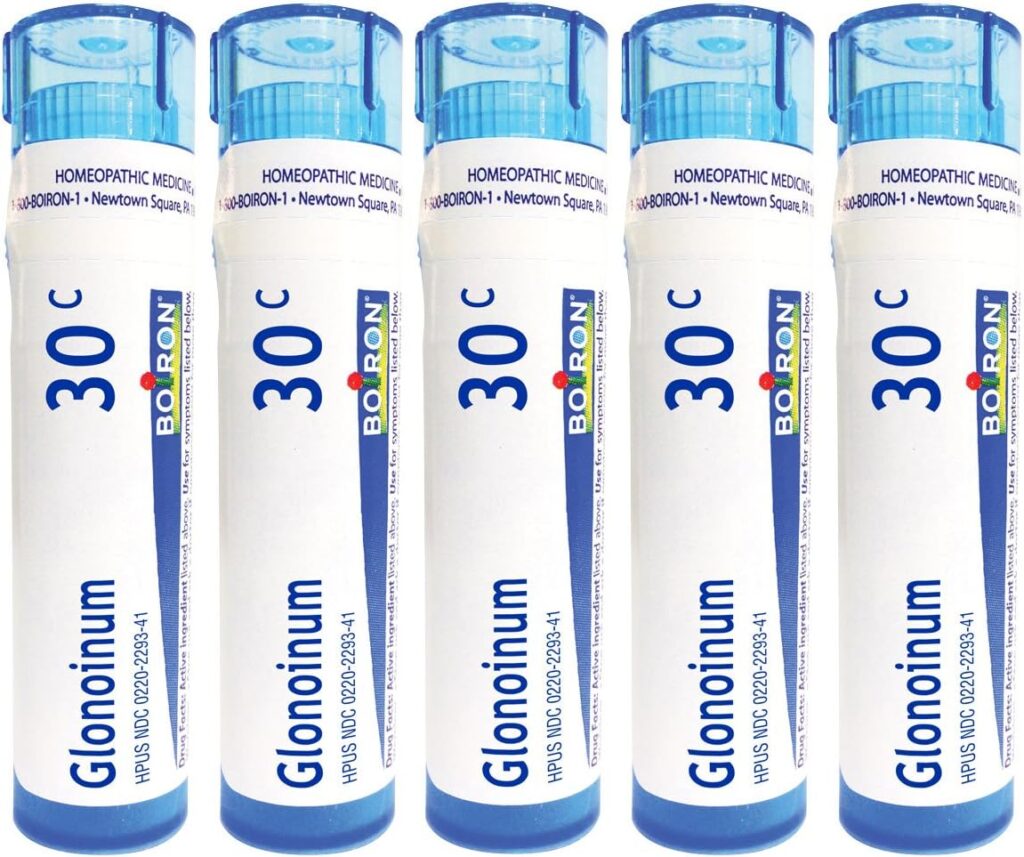In 1879, the utilization of nitroglycerine emerged within conventional (allopathic) medical practice as a means to address angina pectoris, a manifestation of chest pain attributed to ischaemic heart disease. It is noteworthy that this adoption by allopathic physicians was rooted in the pioneering success of homeopathic practitioners who had been effectively employing nitroglycerine for chest pain over the preceding three decades, as attested by patient response.
Historical accounts reveal that nitroglycerine underwent its first proving (testing) within the homeopathic framework in 1848, a mere year following its discovery. This proving yielded symptoms closely resembling those subsequently treated by the substance. Homeopaths utilized nitroglycerine to address diverse ailments including angina pectoris, congestive headaches, menopausal flushing, convulsions, surging of blood to the head and heart, pulsations throughout the body, and sensitivity to heat.

In the realm of mental-emotional symptoms, Glonoinum offers insights into states of confusion and disorientation. A peculiar feature is the sensation of being lost in familiar places, reflecting the remedy’s impact on cognitive function. Additionally, a fear of stroke, a cerebrovascular accident, manifests as a significant mental symptom, indicating the remedy’s potential in addressing conditions related to the circulatory system.
Glonoinum’s influence extends to female health, where it is associated with hot flushes, particularly during menopausal periods. These flushes or flashes are indicative of the remedy’s ability to influence the body’s vascular response and may offer relief to those experiencing such symptoms.
In the realm of the head, Glonoinum is marked by intense and pulsating headaches that feel like waves of bursting pain. The remedy is also known for its impact on the cardiovascular system, with symptoms of visible and violent heart pulsations accompanied by throbbing carotid arteries and flushed, reddened eyes. This highlights Glonoinum’s affinity for conditions involving the circulatory system, potentially making it a valuable remedy for various forms of angina and other heart-related issues.

Glonoinum’s therapeutic scope showcases its profound impact on the circulatory system and its potential to address conditions marked by intense pulsations, flushes, and throbbing sensations. Its transformation from a hazardous explosive to a homeopathic remedy underlines the principle of harnessing a substance’s innate healing potential through potentization and provides a unique perspective on the synergy between science and holistic healing.
In contemporary times, both conventional and homeopathic medical paradigms continue to harness the therapeutic potential of nitroglycerine. Conventional medicine integrates it in material doses through tablets, sprays, ointments, or patches under the generic term glyceryl trinitrate (GTN), alongside various brand designations such as Anginine, Isordil, and Nitromin. Simultaneously, homeopathic practitioners employ nitroglycerine’s safer potentised form, Glonoinum, to address a spectrum of symptoms beyond its cardiac implications. This enduring reliance on nitroglycerine’s homeopathic effects underscores the interplay between both medical approaches, affirming the substance’s dual role in modern medical landscapes.

